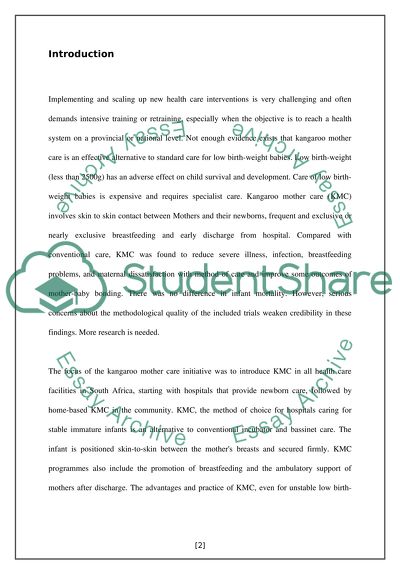Cite this document
(“A proposed exploritory study on the physiological effects of kangaroo Essay”, n.d.)
Retrieved from https://studentshare.org/miscellaneous/1551528-a-proposed-exploritory-study-on-the-physiological-effects-of-kangaroo-care-skin-to-skin-on-the-neonate
Retrieved from https://studentshare.org/miscellaneous/1551528-a-proposed-exploritory-study-on-the-physiological-effects-of-kangaroo-care-skin-to-skin-on-the-neonate
(A Proposed Exploritory Study on the Physiological Effects of Kangaroo Essay)
https://studentshare.org/miscellaneous/1551528-a-proposed-exploritory-study-on-the-physiological-effects-of-kangaroo-care-skin-to-skin-on-the-neonate.
https://studentshare.org/miscellaneous/1551528-a-proposed-exploritory-study-on-the-physiological-effects-of-kangaroo-care-skin-to-skin-on-the-neonate.
“A Proposed Exploritory Study on the Physiological Effects of Kangaroo Essay”, n.d. https://studentshare.org/miscellaneous/1551528-a-proposed-exploritory-study-on-the-physiological-effects-of-kangaroo-care-skin-to-skin-on-the-neonate.


